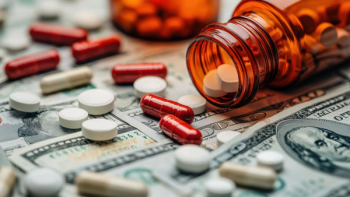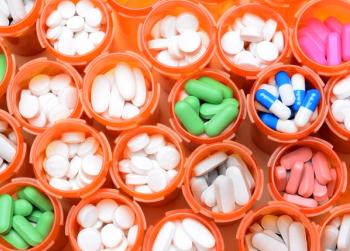
Academics lay into drug coupon programs in NEJM: 'No such thing as a free lunch'
But their evidence seems to validates industry's claim that coupons are not generics killers
The never-ending
Not surprisingly, the authors note that copay assistance subverts the tiered-copay system of commercial insurers, wherein generics (Tier 1) have the lowest (or no) copay, and branded drugs are placed in higher tiers with higher copays. “Physicians need to talk to their commercially insured patients about the implications of drug-coupon use,” they conclude, “and make sure that their inclination to reduce short-term out-of-pocket spending doesn't come at the cost of higher long-term expenses for themselves and society.”
But you be the judge of their evidence: Of the 374 drugs with coupons, 8.3% had an “FDA-approved therapeutic equivalent,” and 53.5% had a “within-class generic alternative.” The remaining 38.2% had no lower-cost alternative. The authors combine the “equivalent” and “within class” percentages to conclude that 62% of coupons are used for which there are therapeutic alternatives. An alternative view is that only 8.3% of coupons are being offered specifically against generic equivalents, and the remainder are for brand-to-brand competition, or for drugs that represent a real alternative to a generic that might have already been tried by the patient. (After all, some drug approvals—and many on-formulary decisions--today are hinged on showing a discernable advantage over the in-class generics.) Plus, that 38.2% that has no generic alternative is out there, providing a potentially vital benefit to new patients that comes out of the manufacturers’ pockets. These are the arguments that industry has used to justify continuing the coupon programs, which have shown dramatic growth in recent years.
The NEMJ analysis steps around another dynamic in drug pricing—that, to a certain degree, manufacturers are redirecting rebates and incentives to PBMs with the copay assistance to patients. In some—but not all—cases, rebates to PBMs are passed on to the payer, so who’s getting a free lunch?
Newsletter
Stay ahead in the life sciences industry with Pharmaceutical Commerce, the latest news, trends, and strategies in drug distribution, commercialization, and market access.





